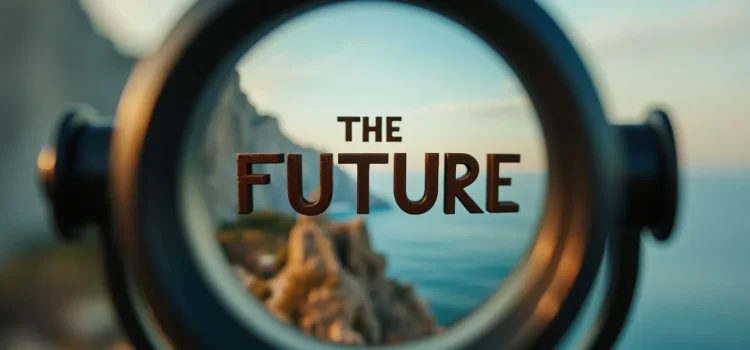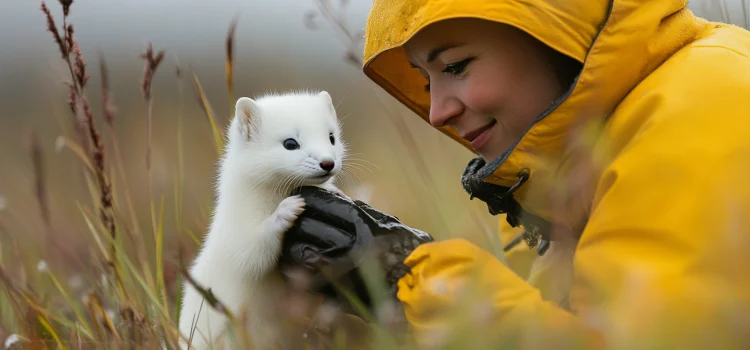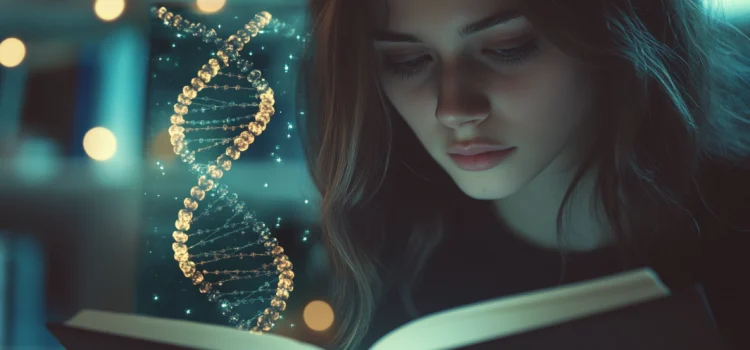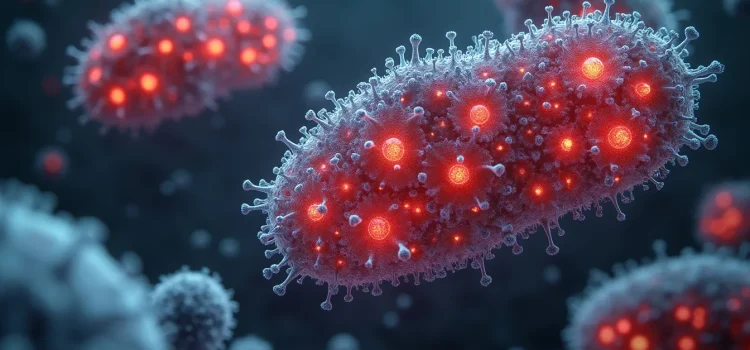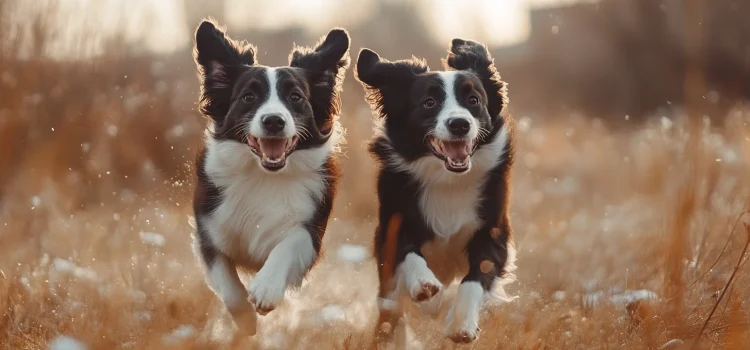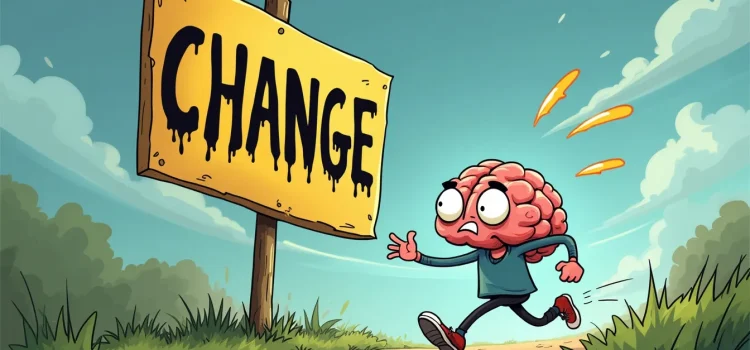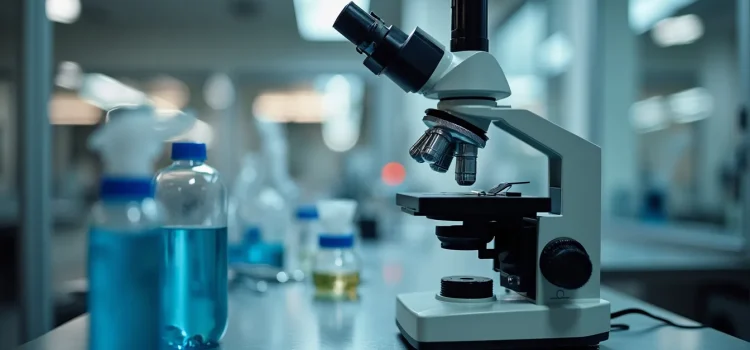What is the future of humanity? Are we on the brink of disaster—or at the cusp of unprecedented progress? Toby Ord’s perspective on humanity’s potential and risks offers a thought-provoking glimpse into our species’ trajectory. He explores our remarkable achievements, technological advancements, and the looming threats that could derail our progress. Keep reading for a journey through time, technology, and the human condition as we explore what the future of humanity might hold.
What Is the Future of Humanity? It Depends on What We Do
